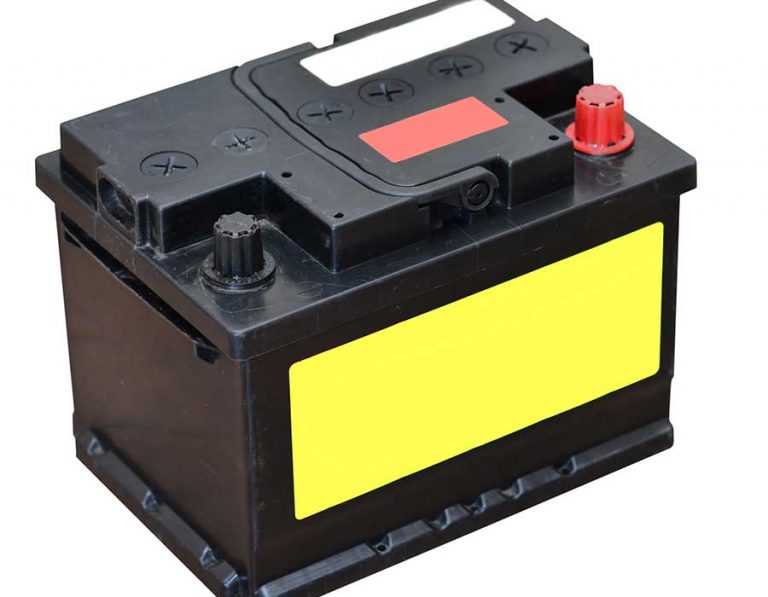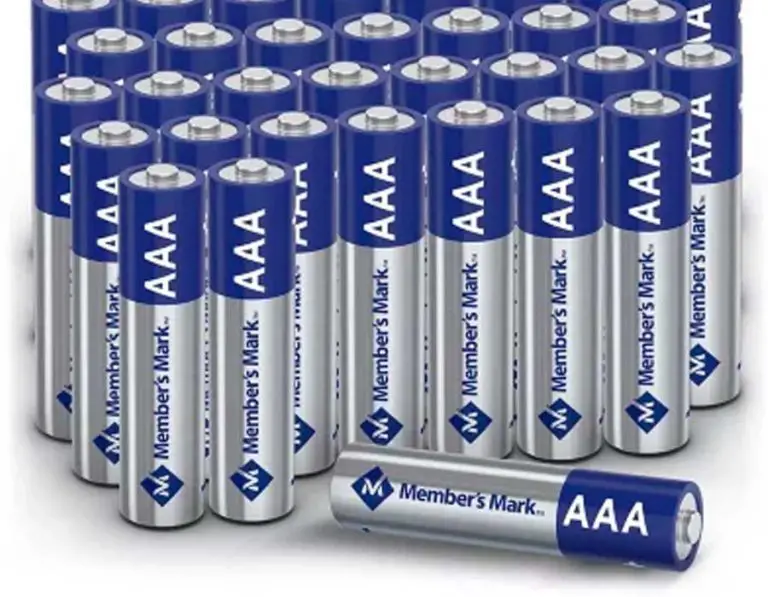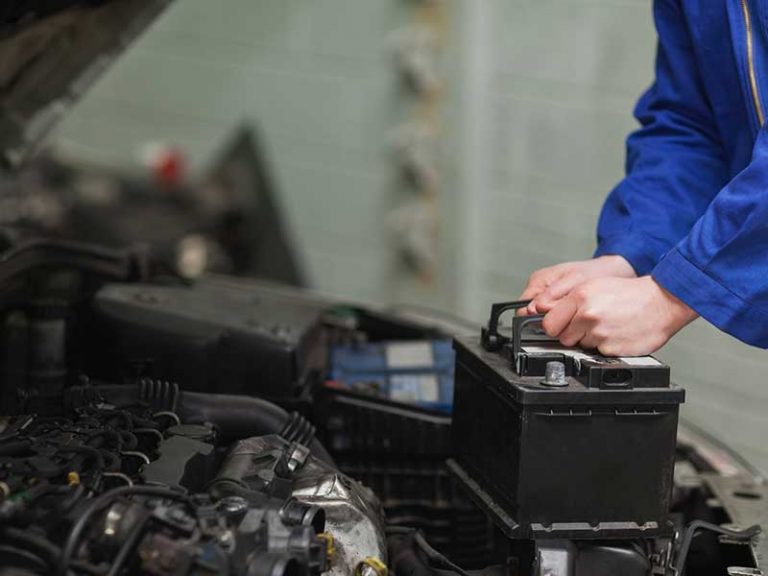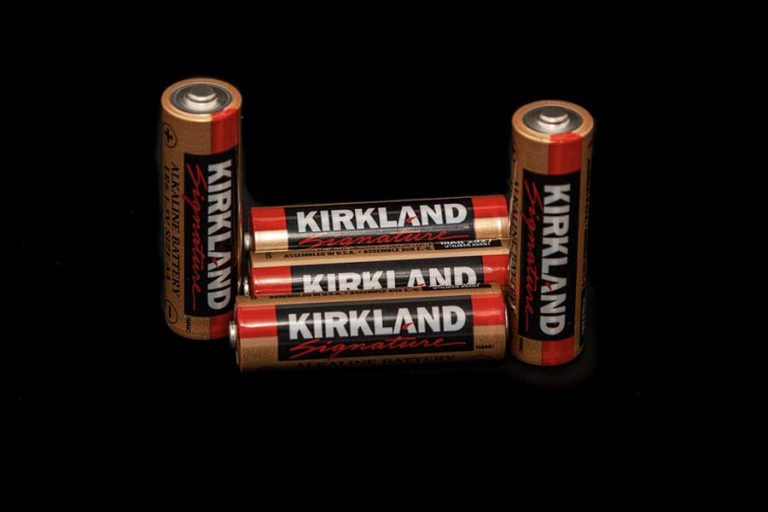Why Aren’t There B Batteries?
The “B” battery is a type of vacuum tube battery. It is used to provide constant and positive plate voltage and is colloquially referred to as a “dry battery.” The “B” battery was a high-voltage battery commonly used for antique tube radios. It was available in various sizes and shapes, with a voltage range of 45 to 90 volts. Unfortunately, B batteries are now scarce to find, as very few vendors still sell them in some African and European countries.
Many people have been asking questions about what happened to B batteries? Why is it no longer on American store shelves? Does it even exist? The answer is that B batteries exist, but it is no longer available in many countries, especially in the USA. They are still used in African countries and even in Europe, where they are used for lanterns and bicycle lamps. And why it seems we don’t have them again is because consumers later prefer smaller sizes of batteries like AA and AAA.
What led to the extinction of the B batteries?
After world war 1, officials from businesses and governments across the globe gathered to devise a vocabulary system (choosing names for things, especially in science or close discipline) for all of the cells and batteries that had recently been standardized. A few years later, in 1928, the American Standards Association, the predecessor to the American National Standards Institute (ANSI), officially adopted this proposal, introducing a list of battery cell sizes and their corresponding label.
They opted to go with an alphabetical approach, starting with “A” for the smallest cells and single-cell batteries and progressing to “B,” “C,” and “D” for the more giant cells and batteries. There was even a “№ 6” battery that was 6-inches long.
Unfortunately, the B batteries are rare to find because the battery sizes never really caught on. The B batteries never really sold for too long, it was a major flop to the producers because consumers later went for the smaller sizes like AA and AAA, so it was abandoned. In addition, B batteries were in unusual sizes and produced lower currents than other battery types.
Initially, there were numerous manufacturer specifications for dry-cell batteries and numerous national standards, so battery naming was inconsistent. Later, battery producers and government agencies met again and agreed that they needed a standard for battery sizes to make the world of batteries a lot easier.
Then they updated the naming scheme as battery technology progressed and developed new battery sizes. AA and AAA batteries were introduced as smaller batteries. These newer batteries were the perfect size for the burgeoning consumer electronics industry; thus, they became famous. C and D batteries have also found a home in medium- and high-drain applications. But unfortunately, the mid-size A and B batteries did not have a market in the United States, and they vanished.
However, during the 1920s, when alternating current became more widely available in households, radio technologists quickly produced new radio tubes called rectifiers that could convert AC to DC. As a result, the stores were soon flooded with battery-free radio sets that used rectifier tubes. Except for the battery manufacturers, everyone was enamored with the new radios.
What to do if you still need B batteries
If you still possess the vacuum tube radios or ant electronics that use B batteries, here is a tip on getting something close to a B battery that can fit in your device. A or B-size batteries aren’t readily available at your local hardware shop or Walmart, but that doesn’t mean they don’t exist. They aren’t labeled as such. The EBL 18650, for example, is a 3.7-volt, 3000mAh rechargeable lithium-ion A-Size battery. The cells that make up larger batteries are sometimes found in B-Size batteries. A 6-volt special-purpose battery, for example, might contain four B-Size batteries. (6 volts) = 4 x 1.5 volts. If you need a B-Size, the Energizer U10 would fit.
Summarily, B batteries are still made and sold and pack a decent punch for their size, 21.5 mm x 60 mm (.8464 in. by 2.36 in.), producing 1.5 volts and 8350 mAh for the alkaline variety.
And like I mentioned earlier, people in African and European countries still use it for lanterns and bicycle lamps or one thing or the other. But according to Energizer, its popularity is dwindling, and its production might be completely discontinued very soon. So if you have devices that use B batteries, you can still find B batteries in some places, but you should be planning to switch to devices that don’t use B batteries because very soon, their production might be stopped because of its dwindling demand among consumers.






